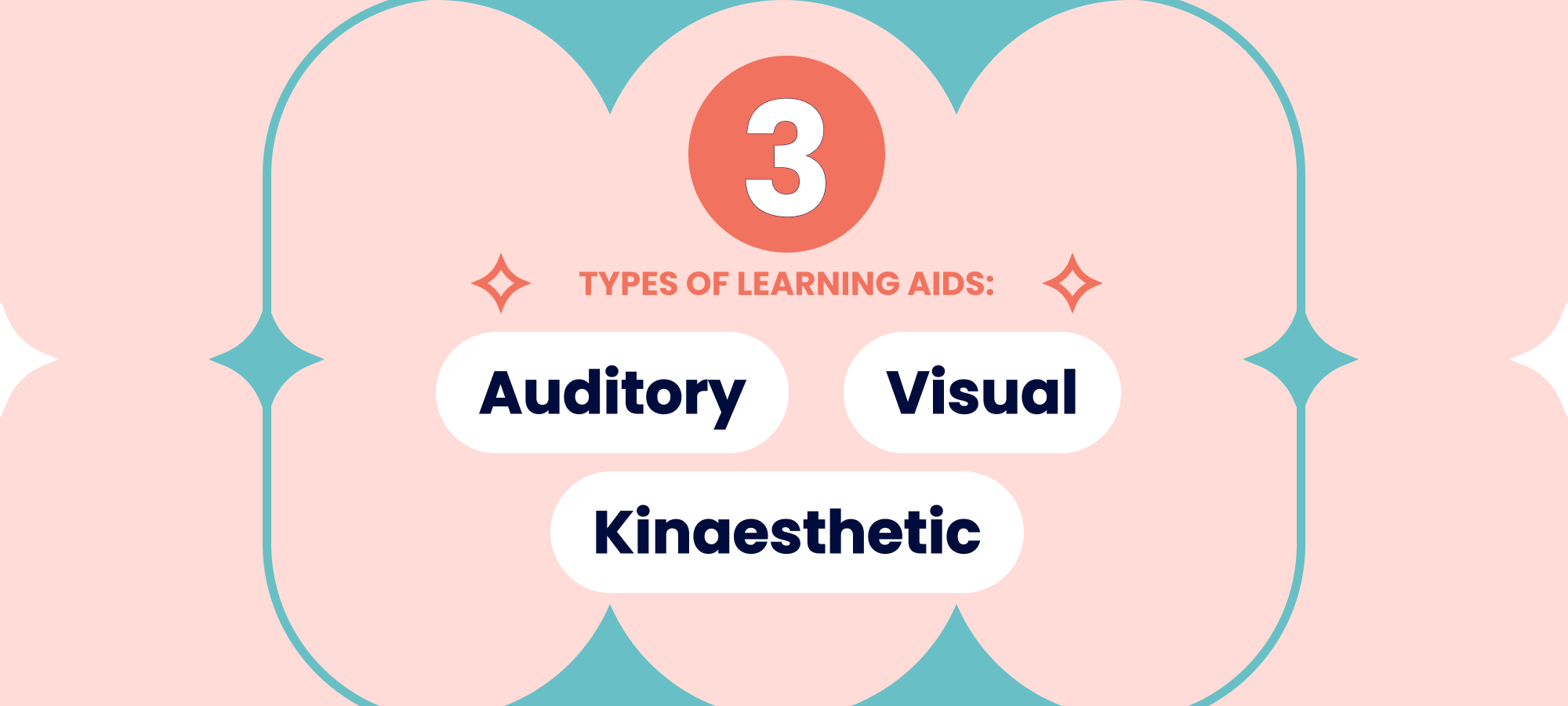3 Types of Learning - Auditory, Visual, and Kinesthetic
Introduction
The way we learn impacts how we process, understand, and retain information. There are primarily three types of learning styles: Auditory, Visual, and Kinesthetic. Each of these styles has unique characteristics and methods that cater to different individuals. Understanding these learning types is crucial for educators and learners alike to maximize educational effectiveness and personal growth.
Auditory Learning
Characteristics of Auditory Learners
Auditory learners grasp information best when it is presented in a spoken language format. They excel in listening to lectures, discussions, and verbal instructions. These learners are often good at remembering what they hear and can easily follow spoken directions. They tend to be strong communicators and excel in oral presentations and group discussions.
Benefits and Challenges
Auditory learning allows individuals to process information through listening, which can be more engaging and interactive than reading text. However, these learners might struggle with written instructions and can find quiet study environments challenging.
Strategies for Auditory Learners
To enhance learning, auditory learners should engage in group discussions, listen to recordings of lectures, and utilize verbal repetition as a study technique. Participating in debates and using mnemonic devices can also be beneficial.
Visual Learning
Characteristics of Visual Learners
Visual learners absorb information best through imagery, spatial understanding, and visual media. They prefer using pictures, diagrams, charts, graphs, and videos for learning. These learners often have a good spatial sense and visual memory, which aids in recalling information seen on pages or screens.
Benefits and Challenges
This learning style is effective for processing large amounts of information quickly, as visual cues can be more easily remembered. However, visual learners may struggle with purely text-based or verbal instructions and can be distracted in visually complex environments.
Strategies for Visual Learners
Visual learners should incorporate diagrams, mind maps, color-coded notes, and flashcards into their study routines. Watching educational videos and creating visual summaries of information can also enhance their learning experience.
Kinesthetic Learning
Characteristics of Kinesthetic Learners
Kinesthetic learners learn best through movement and hands-on experiences. They prefer to engage physically with the material, whether through building models, conducting experiments, or using body movements to remember information. These learners are often highly coordinated and may excel in sports or dance.
Benefits and Challenges
Kinesthetic learning is highly effective for subjects that require physical practice or interaction, such as sciences or arts. However, kinesthetic learners may find traditional classroom settings, which emphasize sitting and listening, less conducive to their learning style.
Strategies for Kinesthetic Learners
Incorporating movement into learning is key for kinesthetic learners. They should engage in hands-on activities, role-playing, and field trips. Using physical objects for learning and taking frequent breaks for movement can also be helpful.
Combining Learning Styles
While most people have a dominant learning style, combining elements from all three can lead to a more robust and comprehensive learning experience. For instance, a visual learner might benefit from discussing a chart or diagram in a group setting, thereby incorporating auditory and kinesthetic elements.
Educational Implications
Educators need to recognize and cater to these diverse learning styles in their teaching methodologies. This can involve integrating visual aids, encouraging discussions, and including hands-on activities in their lessons. By doing so, teachers can ensure that all students have the opportunity to learn in a way that suits them best.
Conclusion
Understanding and catering to different learning styles - auditory, visual, and kinaesthetic - is crucial in achieving effective education. By recognizing and incorporating these styles, educators can enhance the learning experience, and learners can optimize their educational journeys. In an increasingly diverse educational landscape, acknowledging these distinct learning preferences is more important than ever.
---
